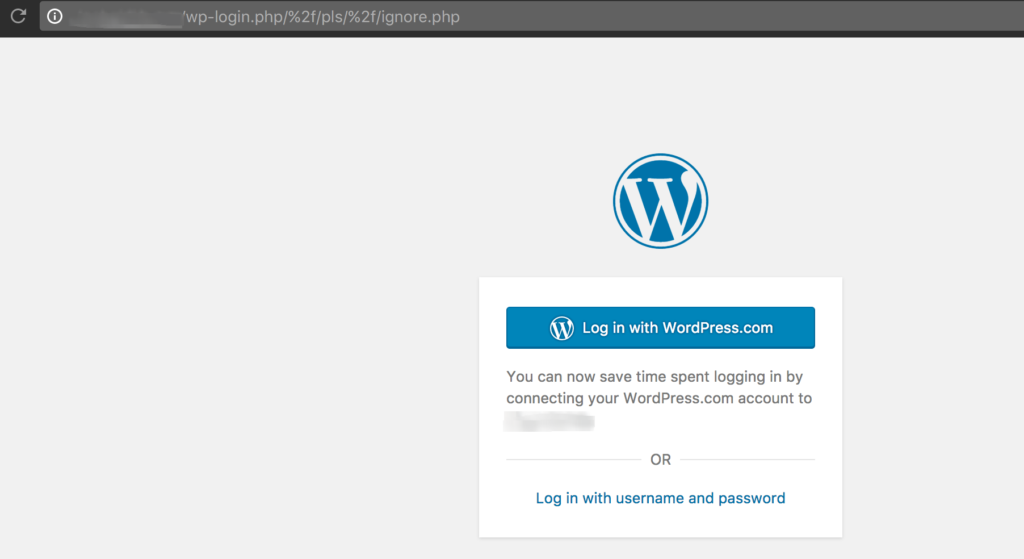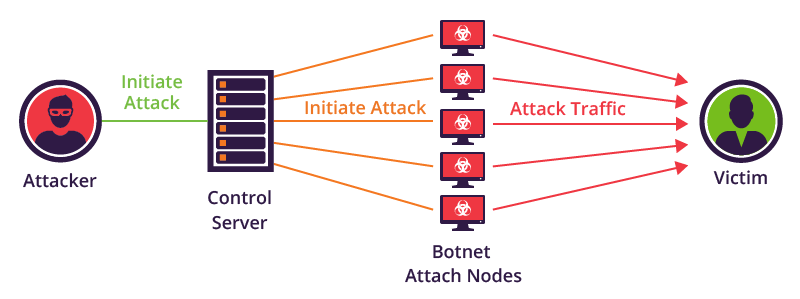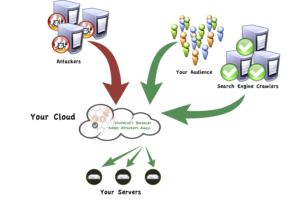What are PHP Sessions?
PHP Sessions are a type of cookie, meant to store or track data about a user on your site. For instance, a shopping cart total, or recommended articles might gather this kind of data. If a site is using PHP Sessions, you’ll be able to see them by opening your Chrome Inspector. Right-click the page and choose “Inspect Element”. Then select “Application” and expand the “Cookies” section. Below is an example of a site which is using PHP Sessions:

What’s wrong with PHP Sessions?
There are a number of reasons sites should not use PHP Sessions. Firstly, let’s discuss the security implications:
- PHP Sessions can easily be exploited by attackers. All an attacker needs to know is the Session ID Value, and they can effectively “pick up” where another user “left off”. They can obtain personal information about the user or manipulate their session.
- PHP Sessions store Session data as temporary files on the server itself, under the /tmp directory. This is particularly insecure on shared hosting environments. Since any site would have equal access to store files in /tmp, it would be relatively easy for an attacker to write a script to read and exploit these files.
So we can see PHP Sessions are not exactly the most secure way to protect the identity of the users on the site. Not only this, but PHP Sessions also carry performance implications. By nature, since each session carries a unique identifier, each new user’s requests would effectively “bust cache” in any page caching system. This system simply won’t scale with more concurrent traffic! Page cache is integral to keeping your site up and running no matter the amount of traffic you receive. If your site relies on PHP Sessions, you’re essentially negating any benefits for those users.
So I can’t track user behavior on my site?
False! You absolutely can. There are certainly more secure ways to store session data, and ways that will work better within cache. For example, WooCommerce and other eCommerce solutions for WordPress store session data in the database using a transient session value. This takes away the security risk of the temporary files stored with $_SESSION cookies. WordPress themselves choose to track logged-in users and other sessions with cookies of other names and values. So it is definitely possible to achieve what you want using more secure cookies.
I’m already using PHP Sessions. What now?
I’d recommend searching your site’s content to ensure you don’t have any plugins that are setting a “$_SESSION” cookie. If you find one, take a step back and look critically at the plugin. Is this plugin up to date? If not, update it! Is it integral to the way your site functions? If not, delete it! And if the plugin is integral, look out for replacement plugins that offer similar functionality for your site.
If the plugin itself is irreplaceable and is up to date, your next step should be asking the plugin developer what their plan is. Why does it use $_SESSION cookies? Are they planning on switching to a more secure method soon? The harsh reality is, due to the insecure nature of PHP Sessions, many WordPress hosts don’t support them at all.
As a last resort, if your host supports it you may want to check out the Native PHP Sessions plugin from Pantheon. Be sure to check with your host if this plugin is allowed and supported in their environment!










